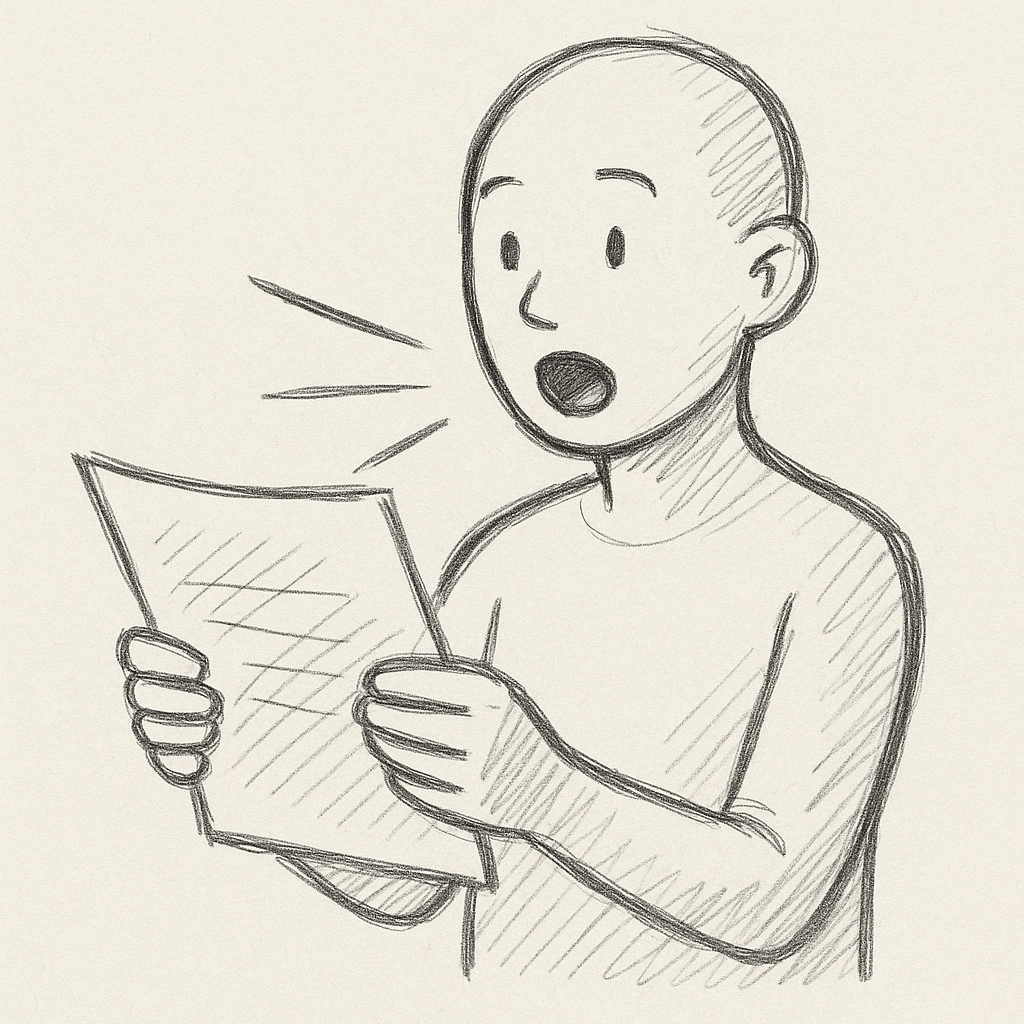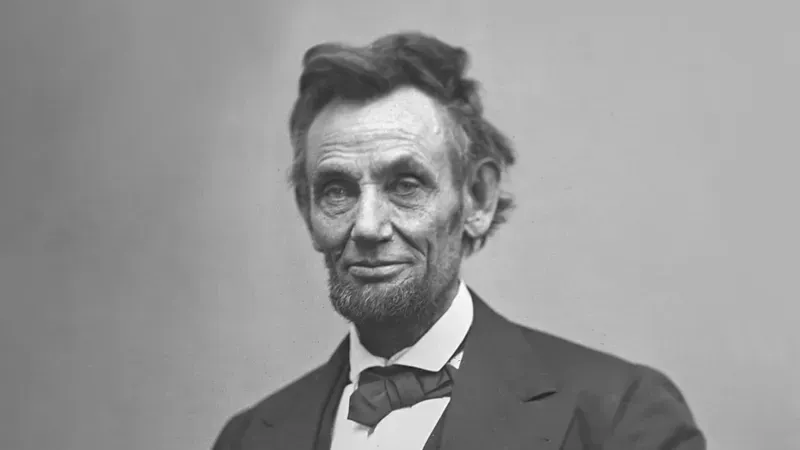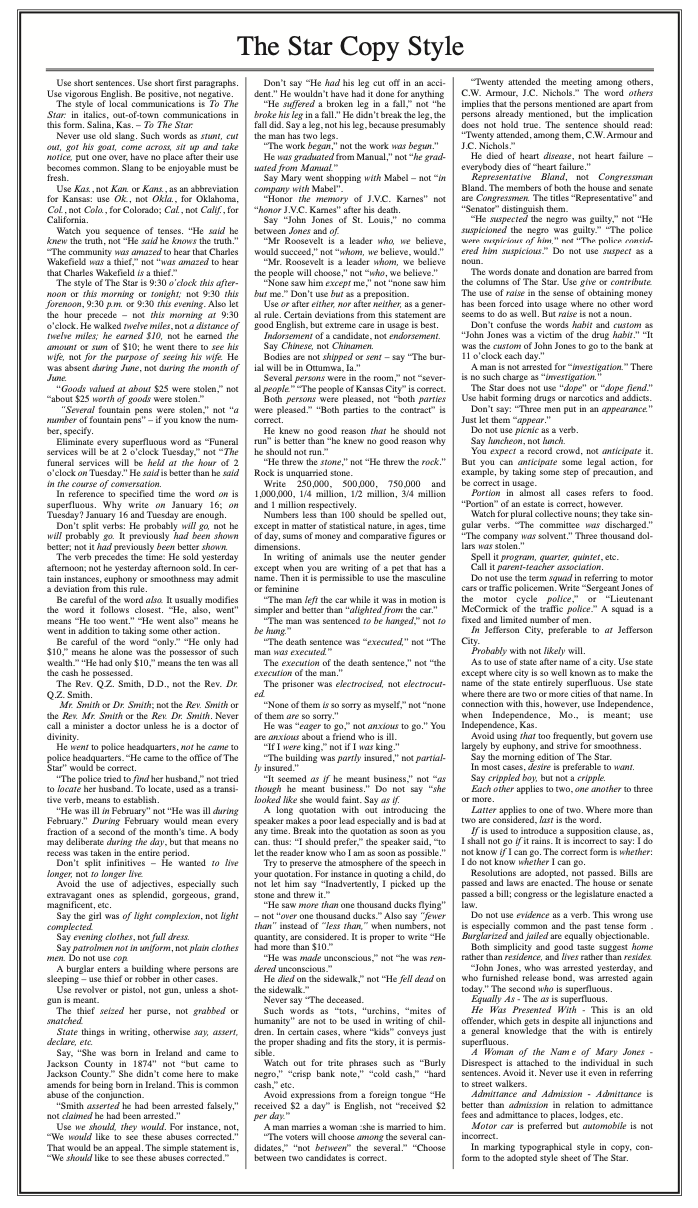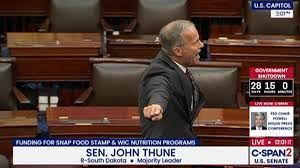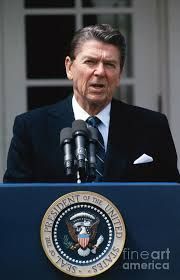Nib #61 Trump’s Secret Speechwriting Weapon
President Donald Trump’s address to Congress Tuesday night was a masterclass in the power of specific detail.
To be clear, all the pundits praising the speech’s popularism — repeatedly putting Trump on the strong side of 70-30 issues — and criticizing congressional Democrats’ performative “resistance” are not wrong. But it was the text’s specifics — the details of the stories Trump told, the problems he identified, and the solutions he offered — that made his position seem so popular and his opponents so petty.
Characteristically, Trump opened the speech with some chest-thumping about his victory last November. Had this section touted vague exaggerations about “the greatest landslide in history,” Democrats’ eye-rolling might have answered. But when Trump pivoted from bragging to facts — we “won counties in our country, 2,700 to 525” — the opposition’s glowering only looked sour and petulant.
The same thing happened when Trump talked policy.
On the issue of trans athletes playing women and girls’ sports, Trump did not generalize about unfairness. He told the story of paralyzed volleyballer Payton McNabb. He talked about women losing a long-distance race by five hours and 14 minutes. He mentioned sports like boxing and weightlifting that vividly illustrate his point.
On the budget, Trump did not muse about “fiscal discipline.” Instead he offered a litany of specific programs he had defunded:
- “$22 billion from H.H.S. to provide free housing and cars for illegal aliens…”
- “$45 million for diversity, equity, and inclusion scholarships in Burma…”
- “$1.5 million for voter confidence in Liberia…”
Insofar as Democrats protested cutting these dubious line-items, they looked out-of-touch or even corrupt instead of liberal or compassionate.
On the economy, Trump didn’t laud abstractions like “markets” and “entrepreneurism.” He cited specific investments from SoftBank ($200 billion), OpenAI and Oracle ($500 billion), and Apple ($500 billion).
Crossing one’s arms during those announcements would look like rooting against America.
For 90 minutes, Trump told fact-rich stories about victims of violent crime. About law enforcement heroes. He called out the MS-13 and Tren de Aragua gangs by name. He celebrated a 12-year old cancer survivor and announced an aspiring cadet’s acceptance to West Point.
This was tremendous theater — but it was more than theater. In this era of deep distrust of political elites, Trump’s specific details broke through in ways that partisan talking points can’t anymore.
In a typical beltway food fight, insults and slogans — like those Democrats inscribed on their little whiteboards and paddles Tuesday night — can be effective. But when Trump counters with gripping stories, specific details about real problems, and verifiable truths about ongoing successes, those concrete facts are going to win every time.
Speechwriters everywhere should take note. Even for a master political communicator at the top of his game, specific detail - not showmanship, barbs, or lofty rhetoric — was Trump’s secret weapon Tuesday night.
Until next week… keep writing!

